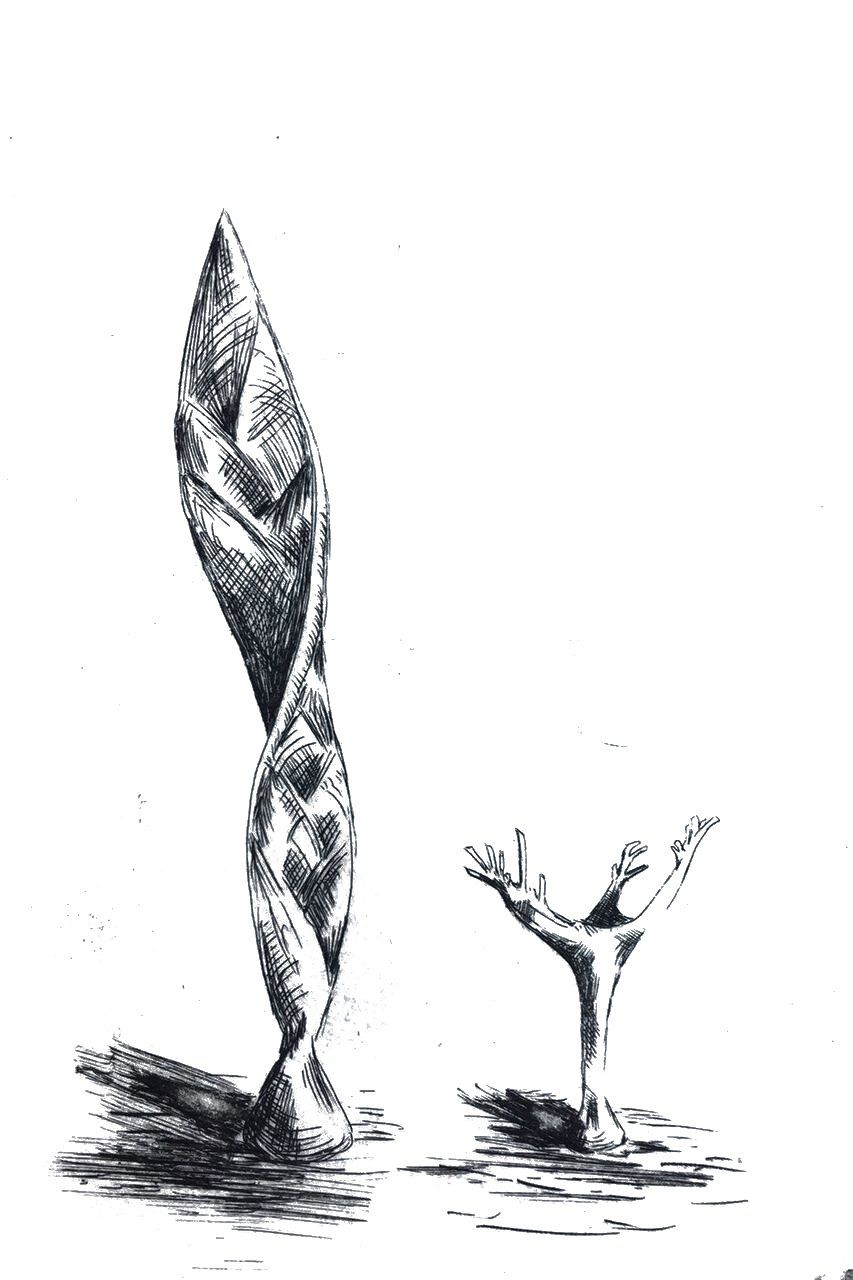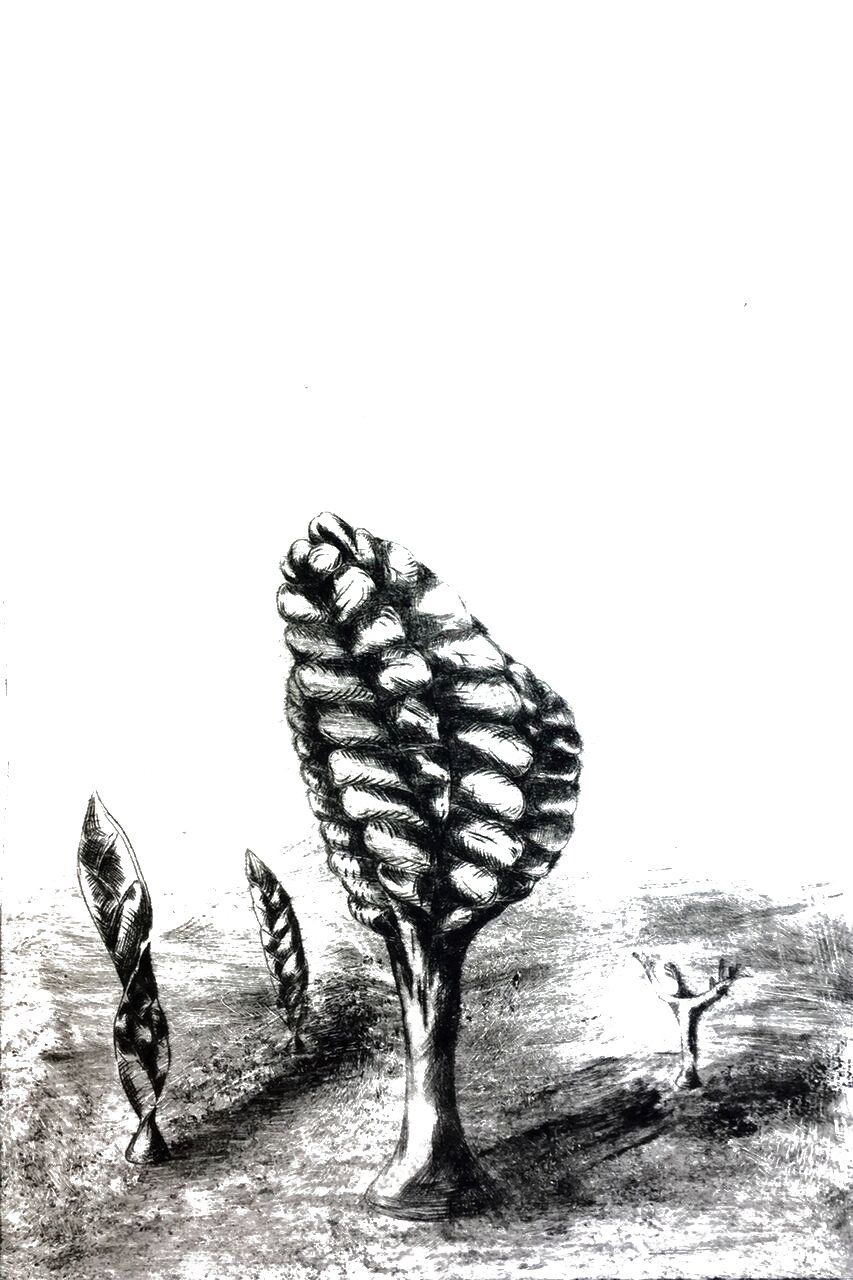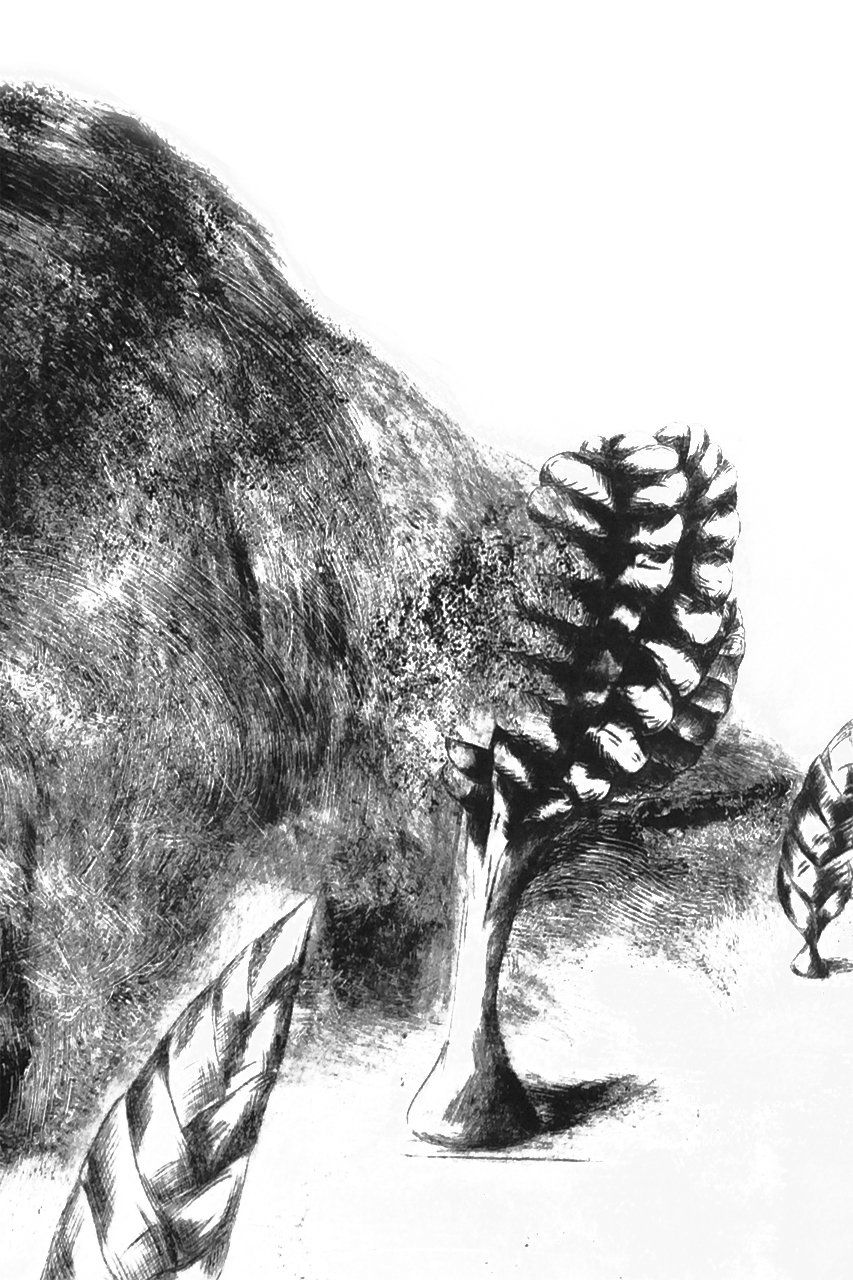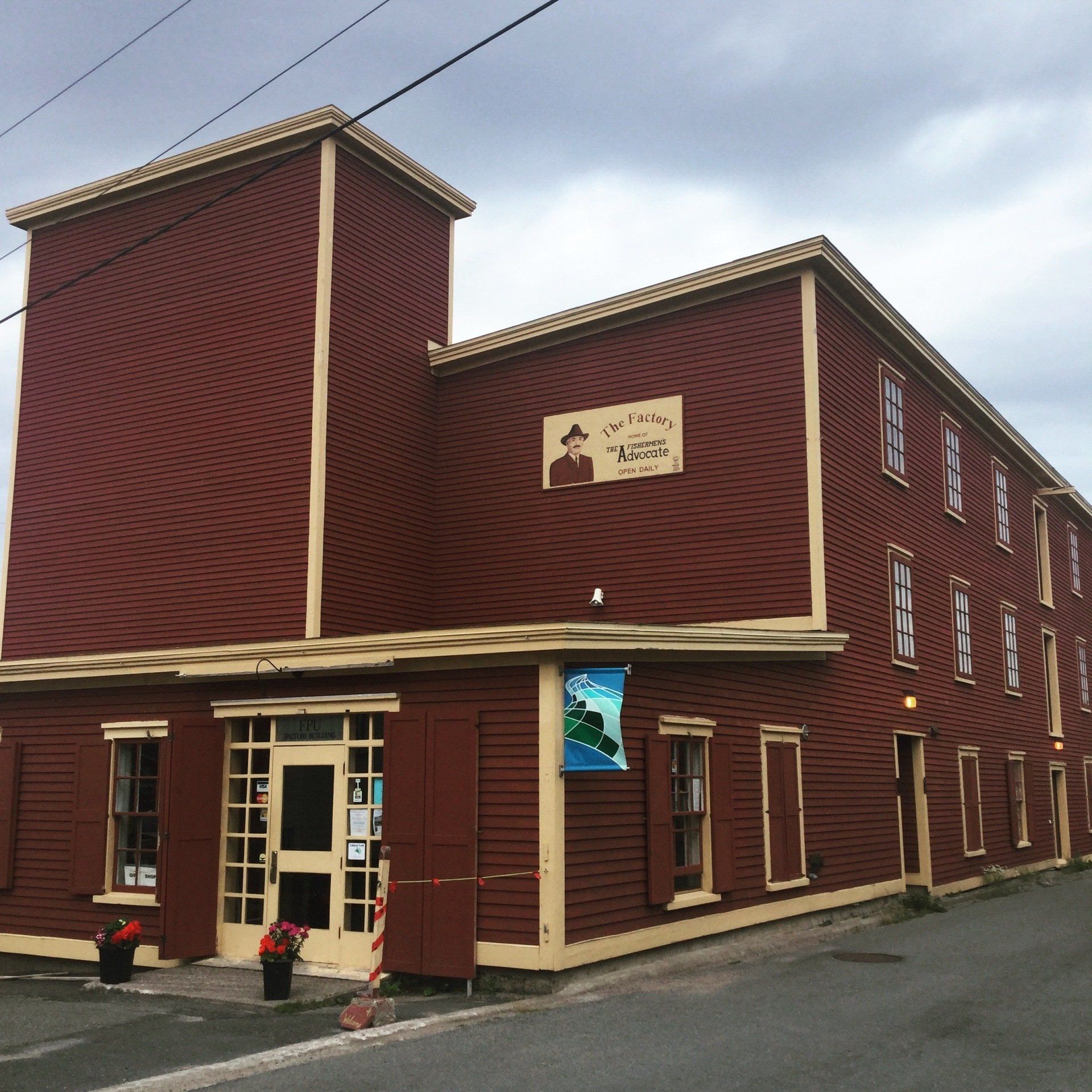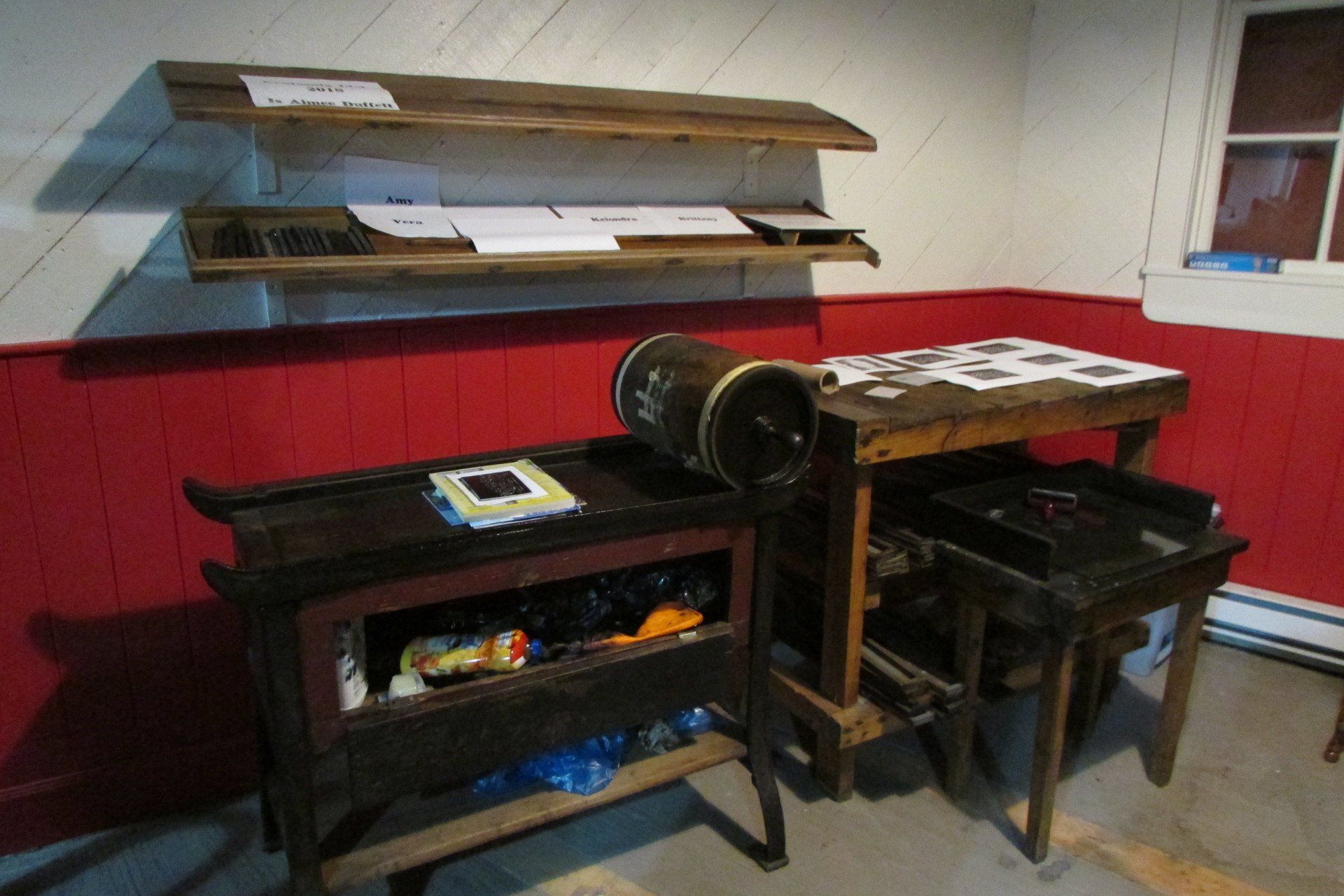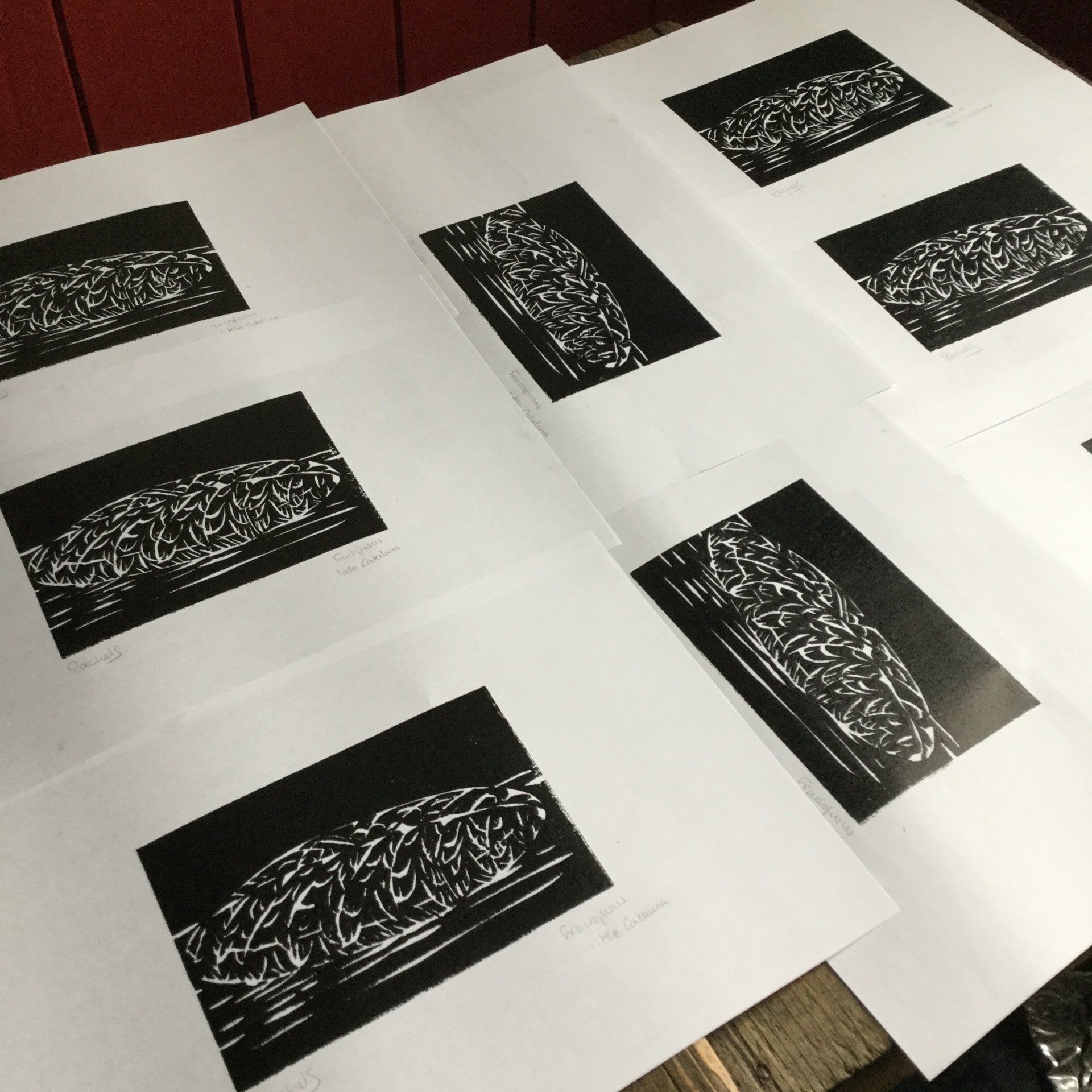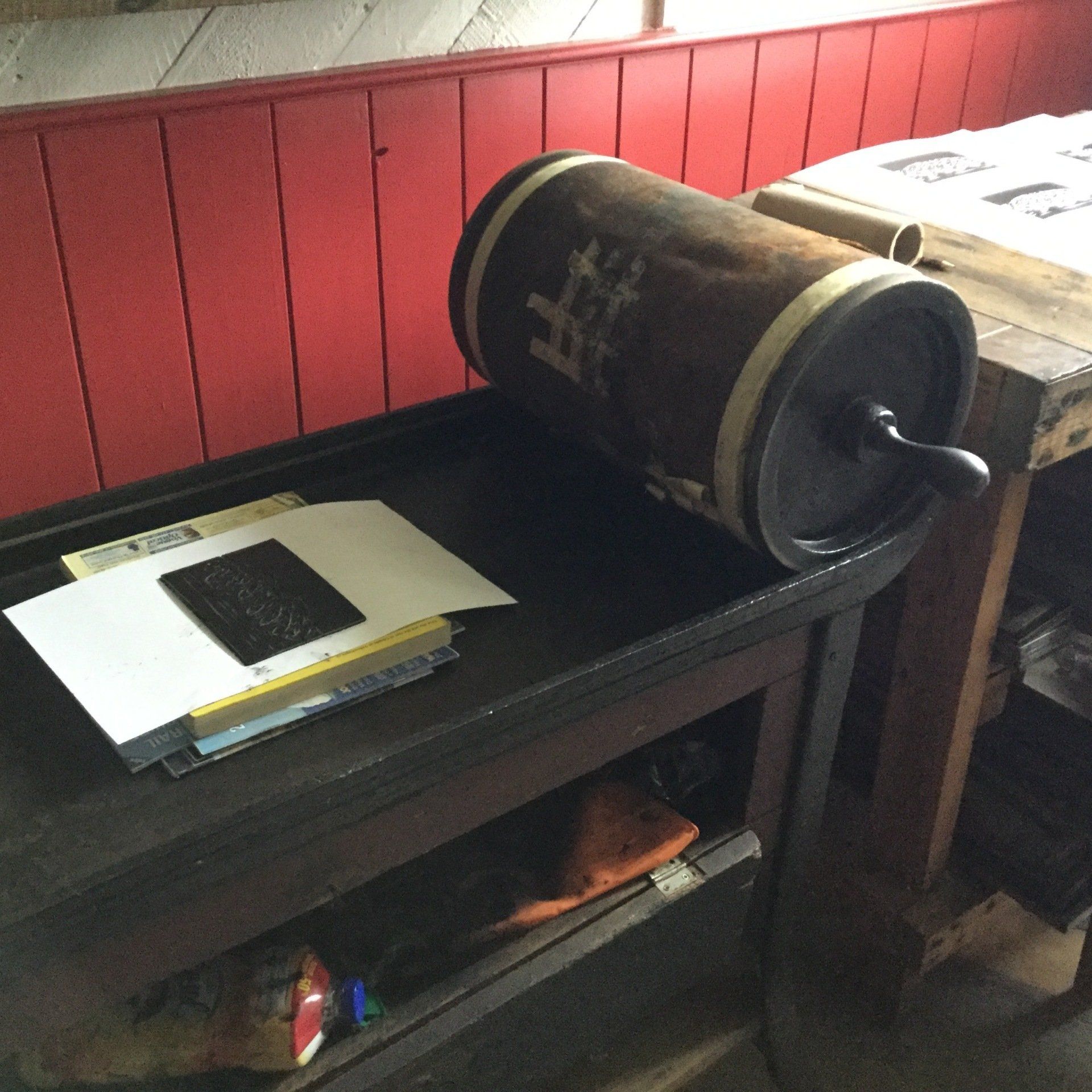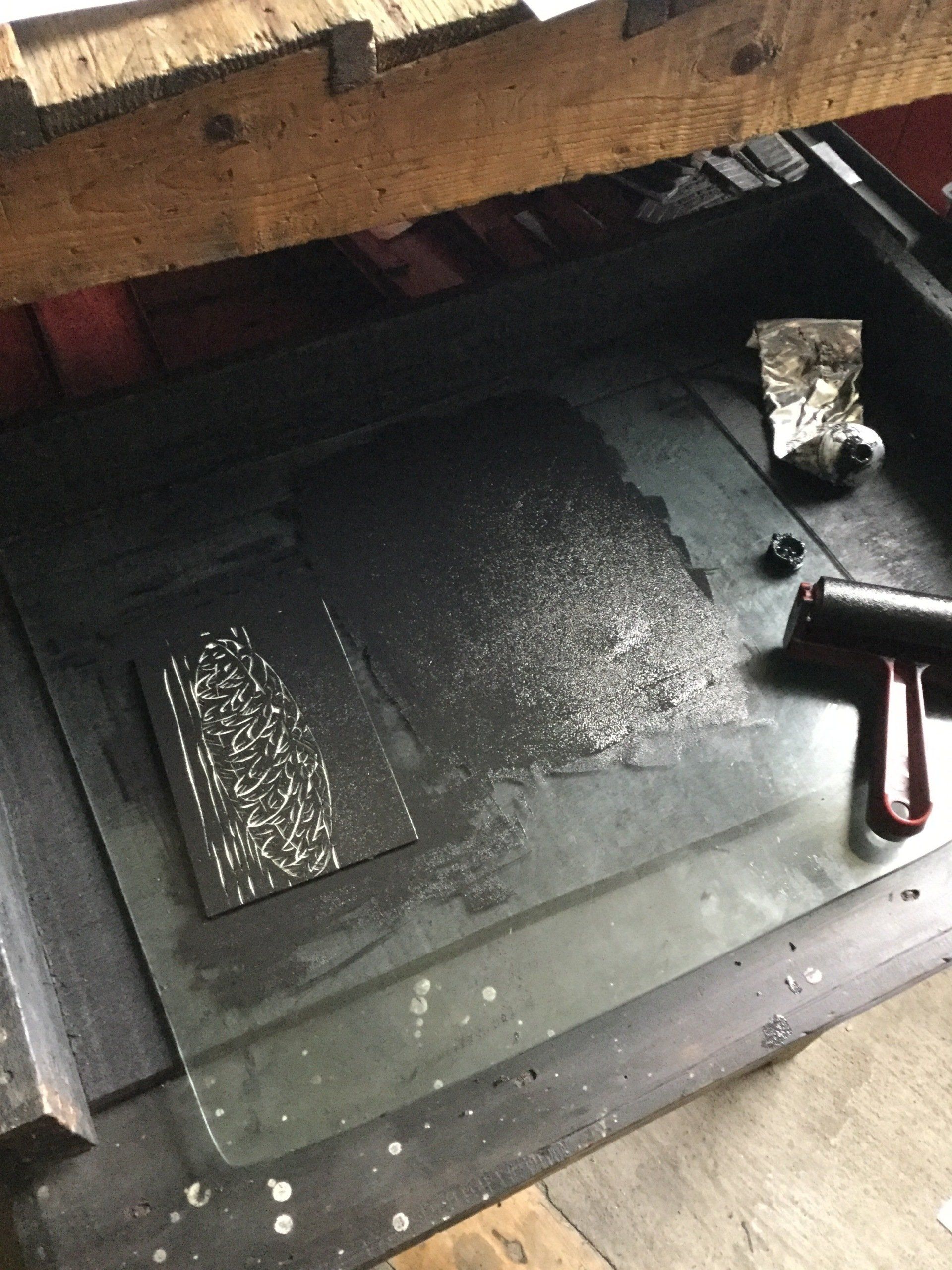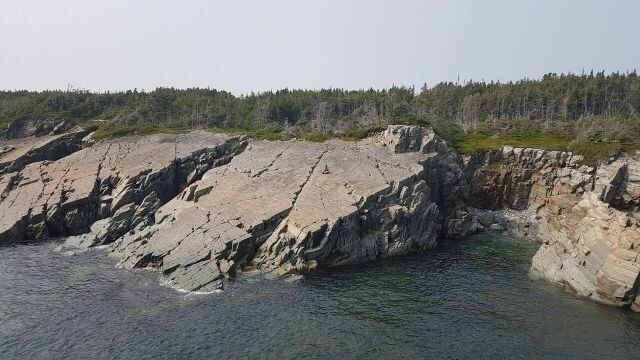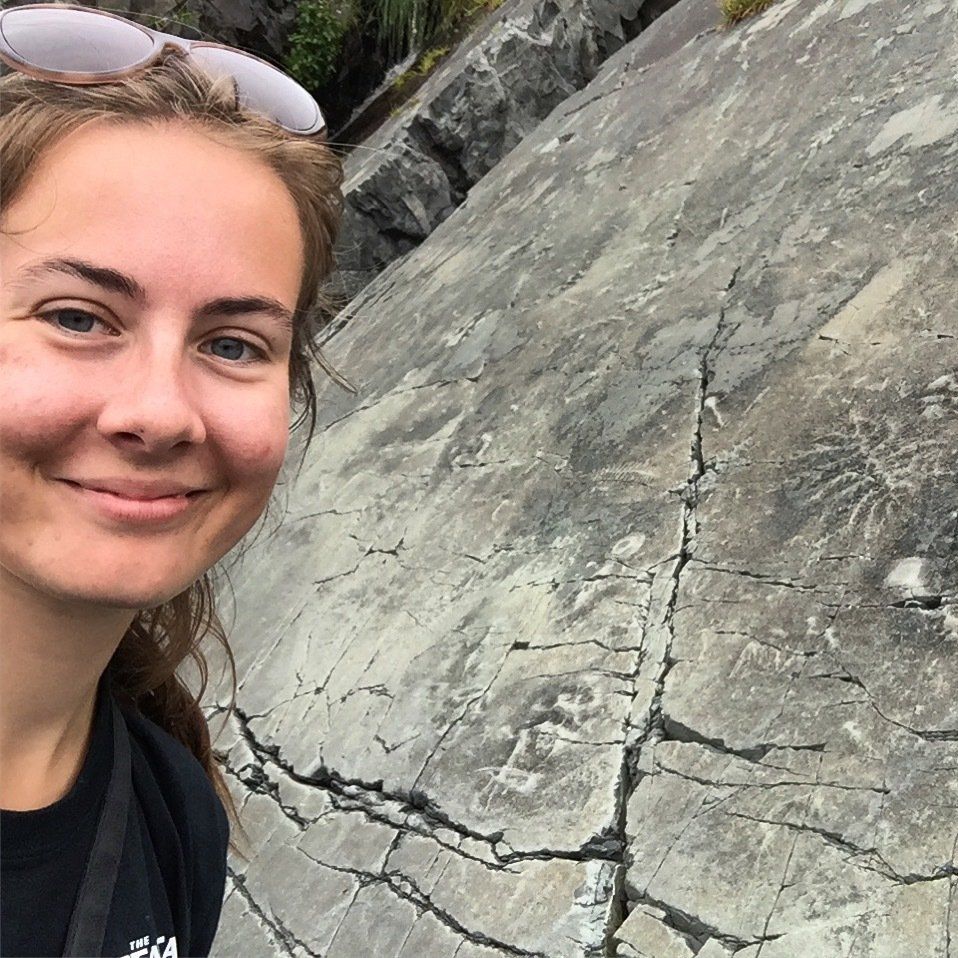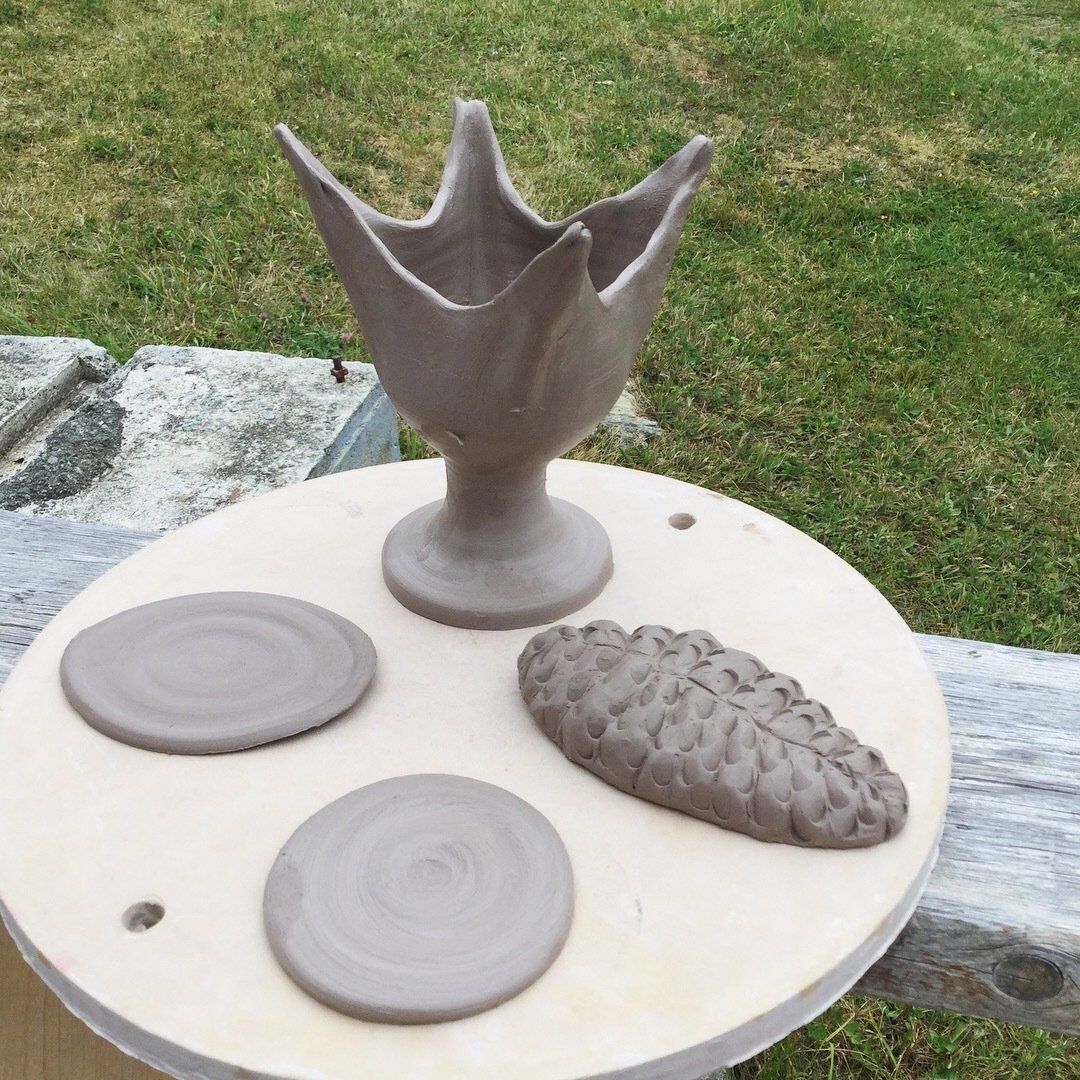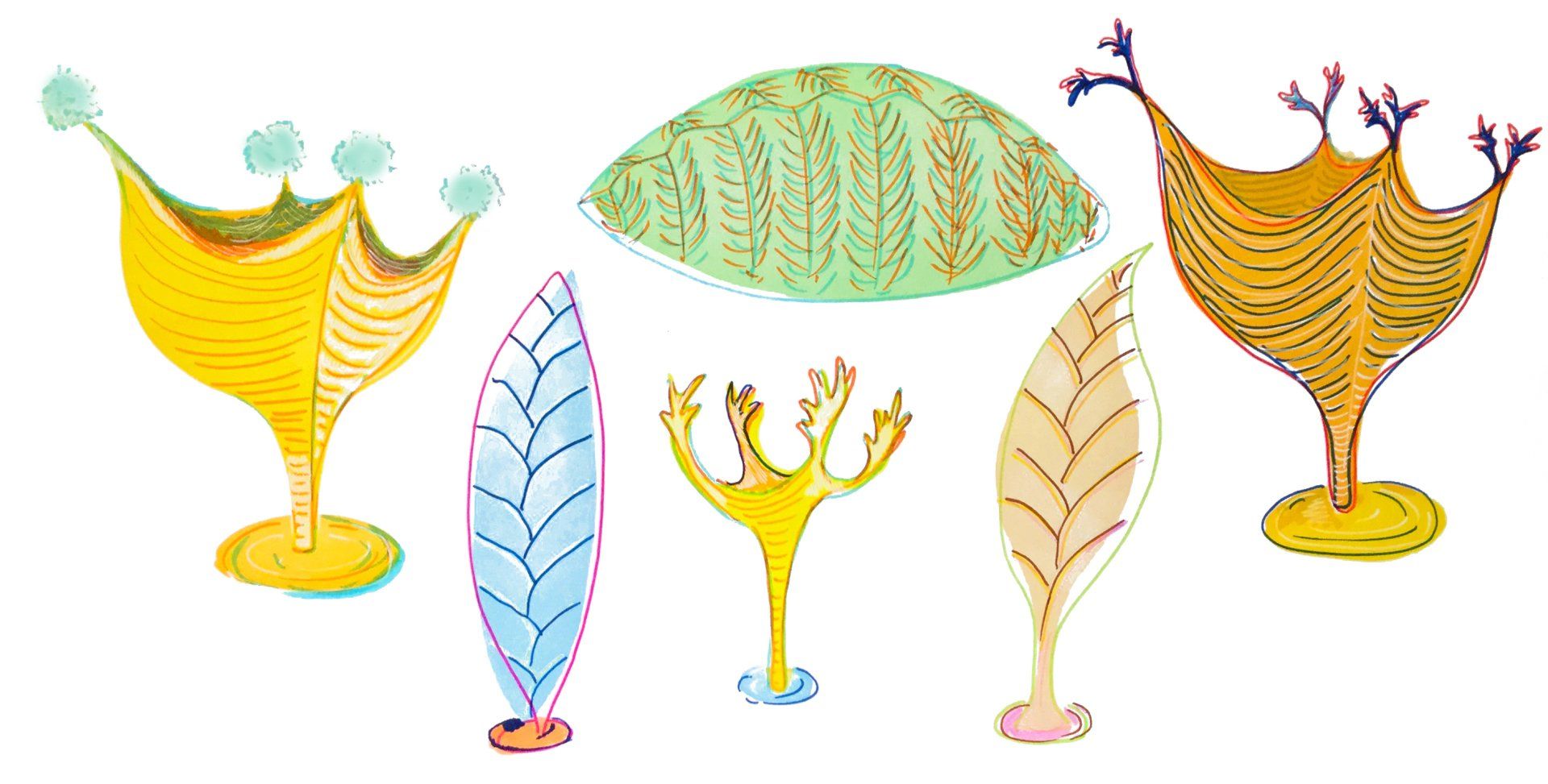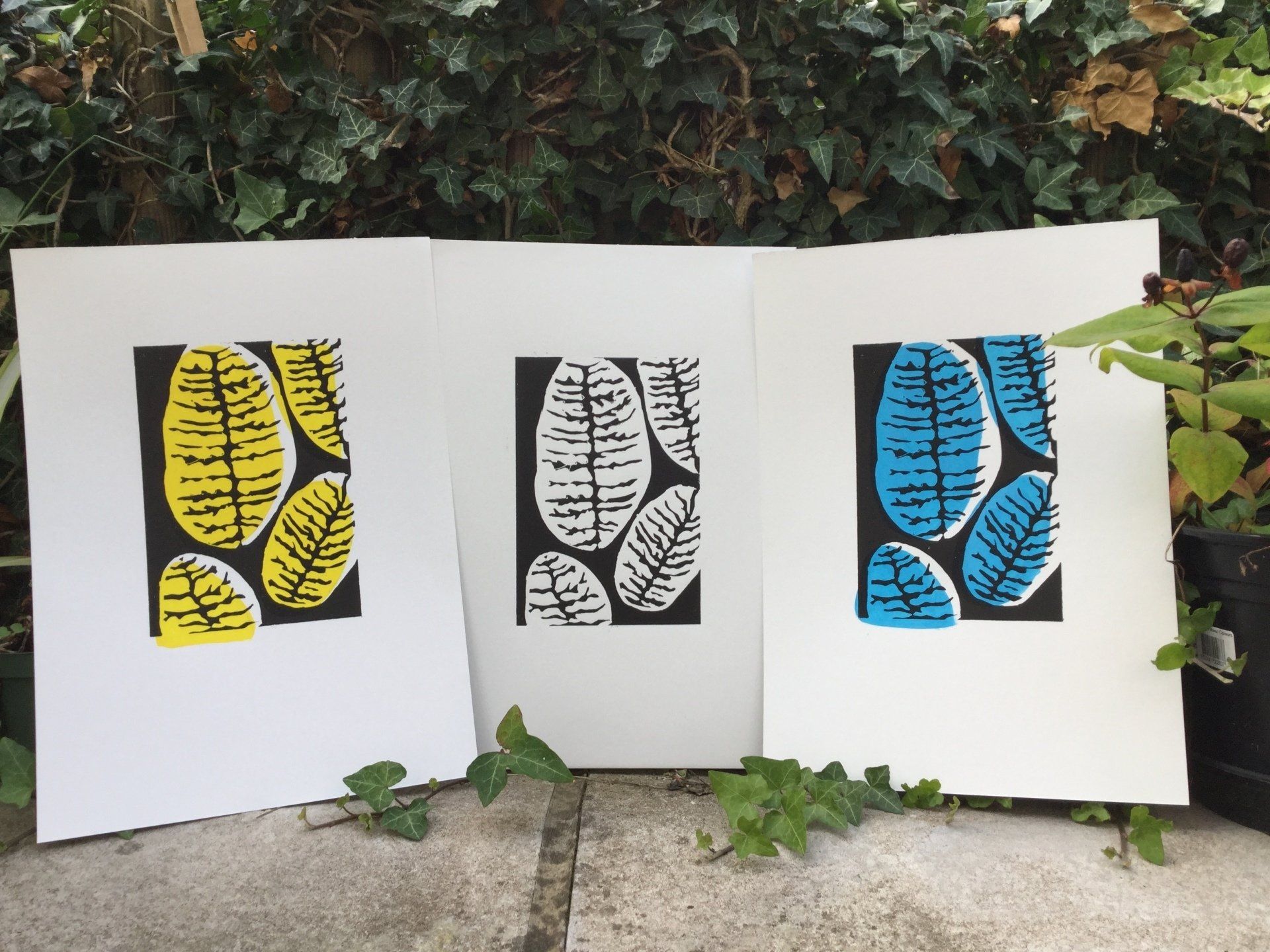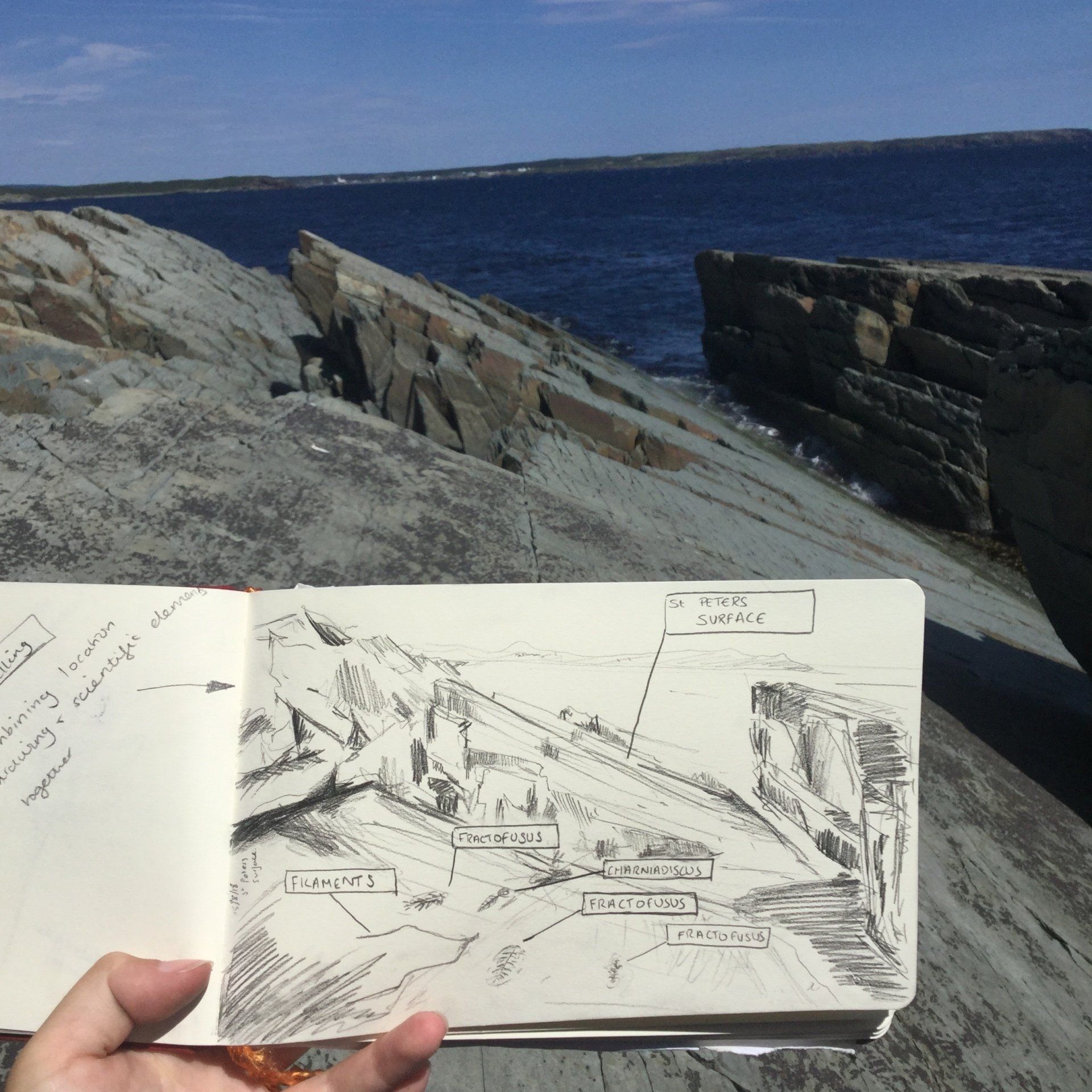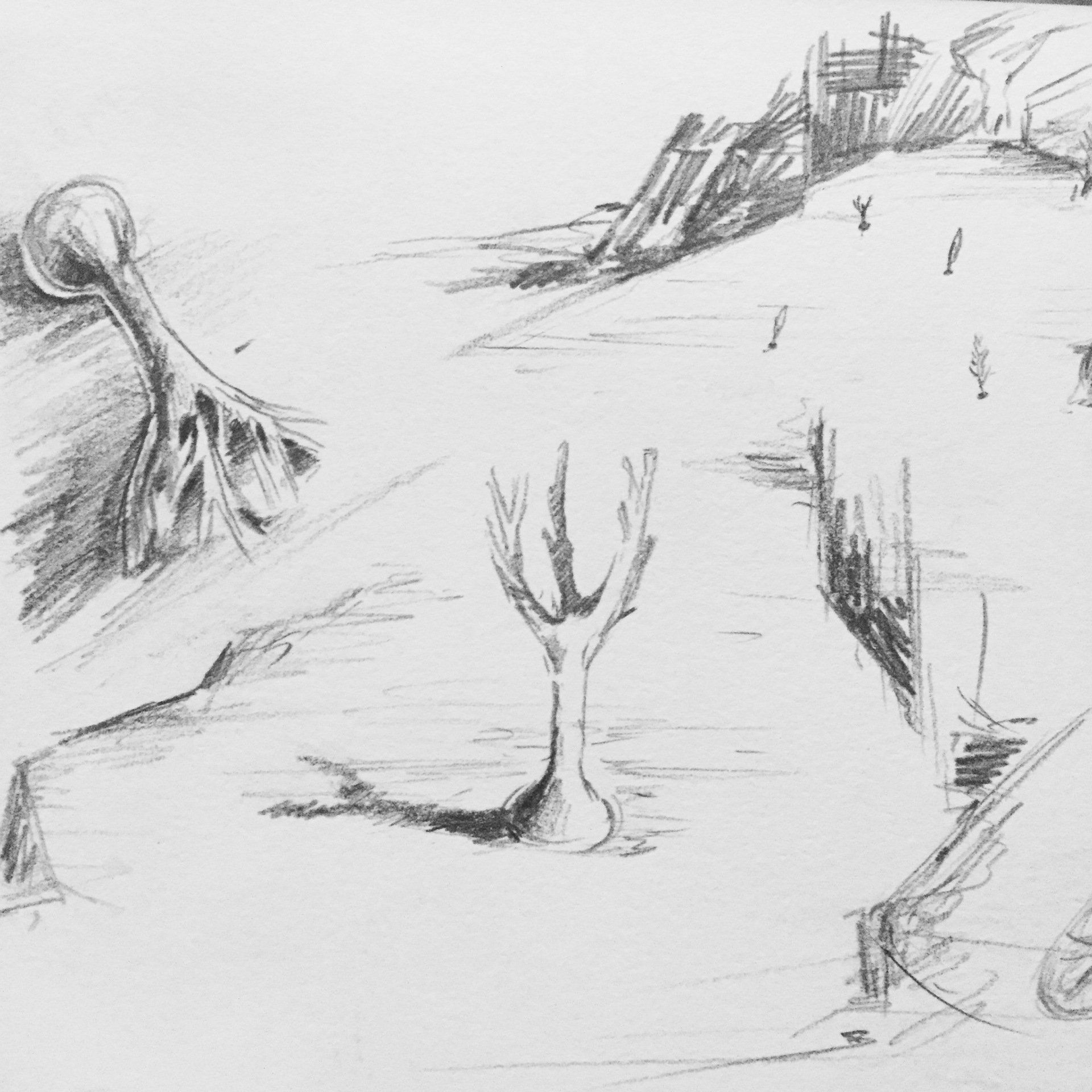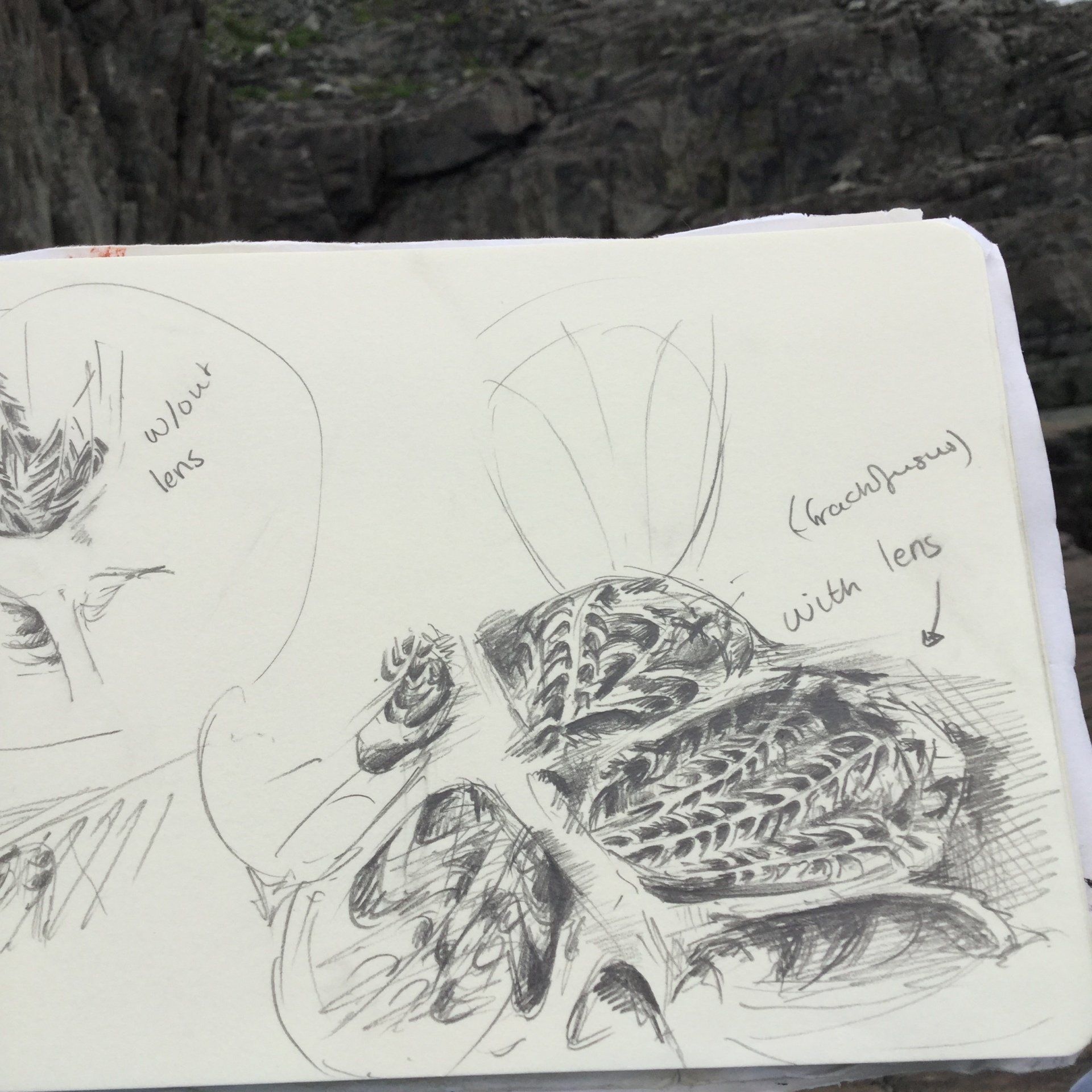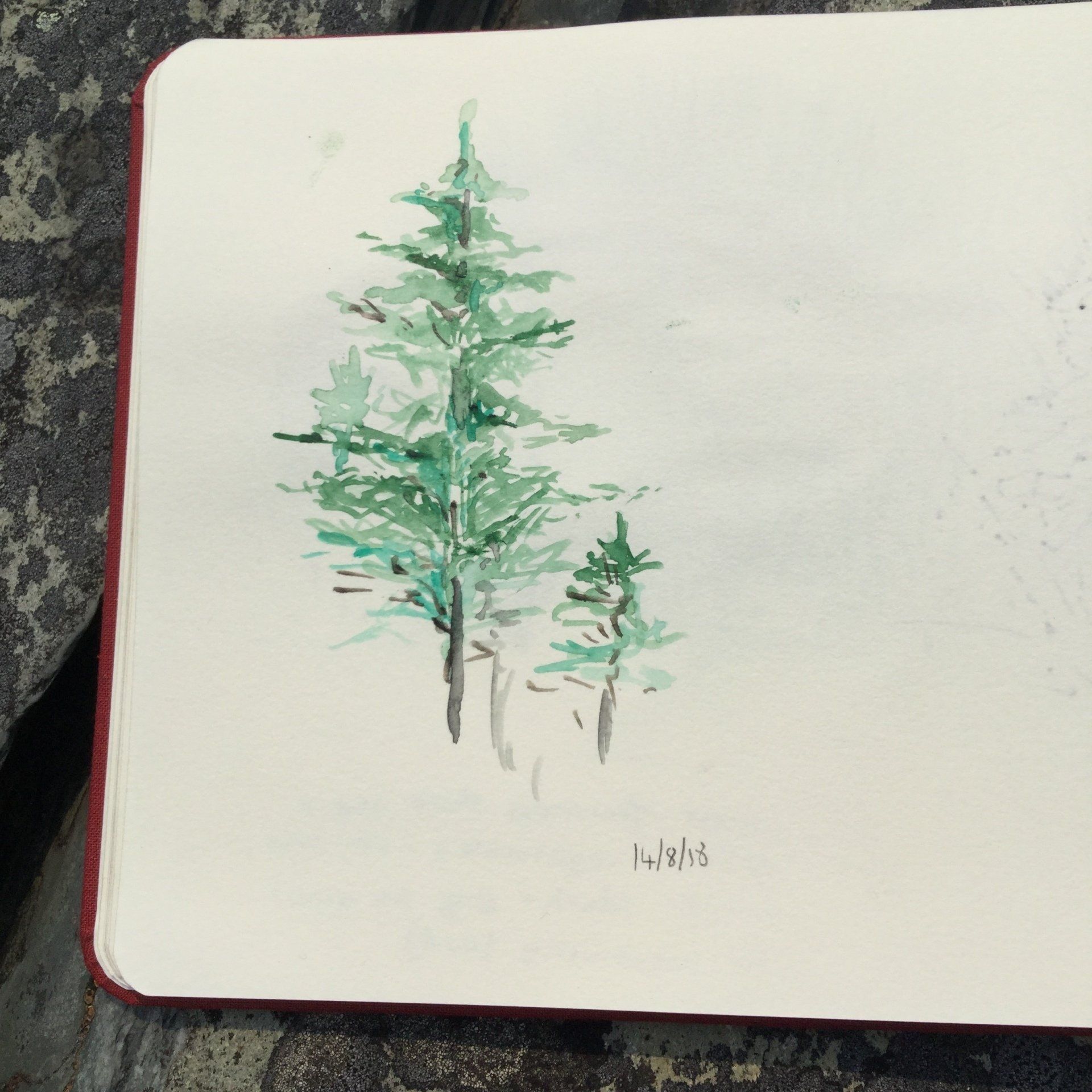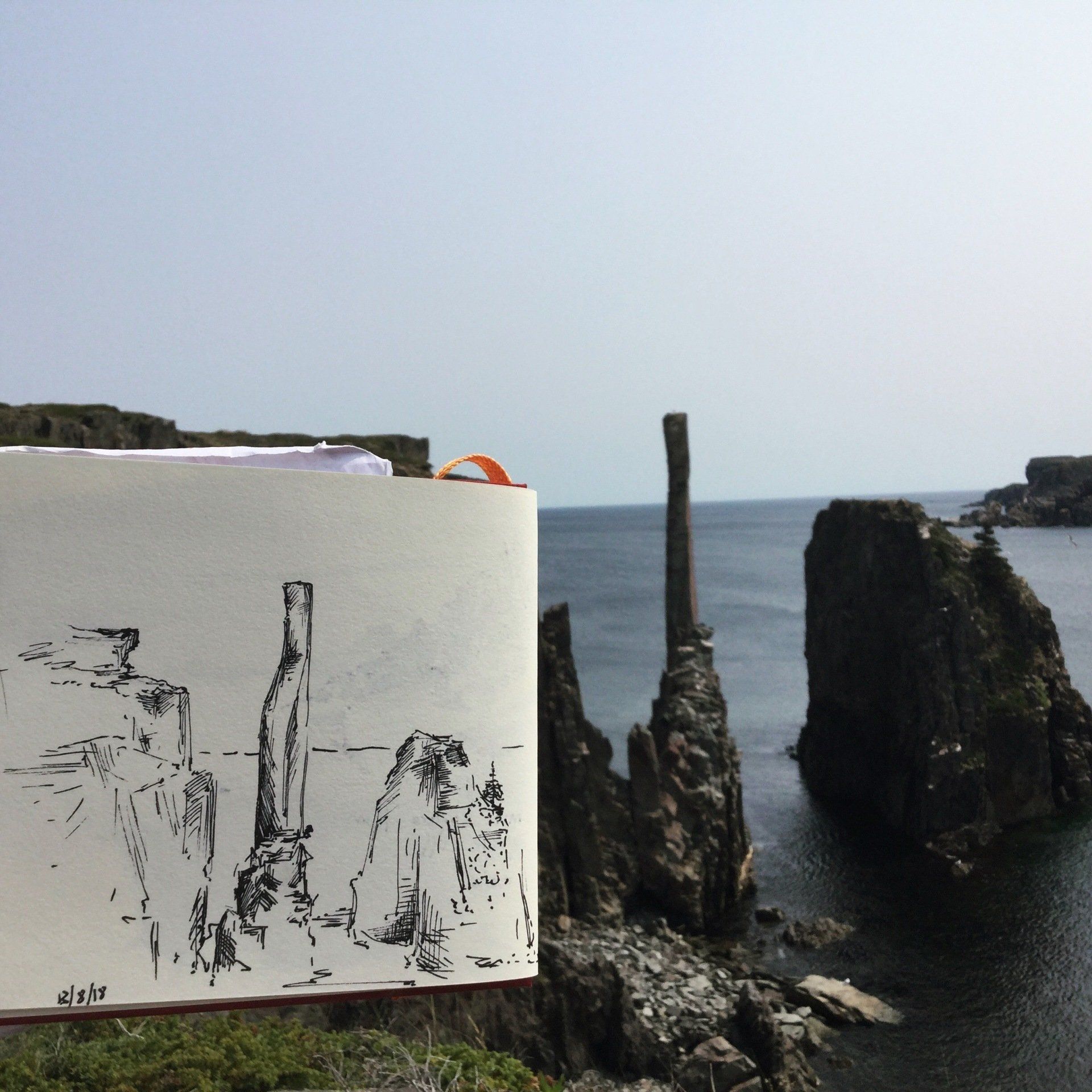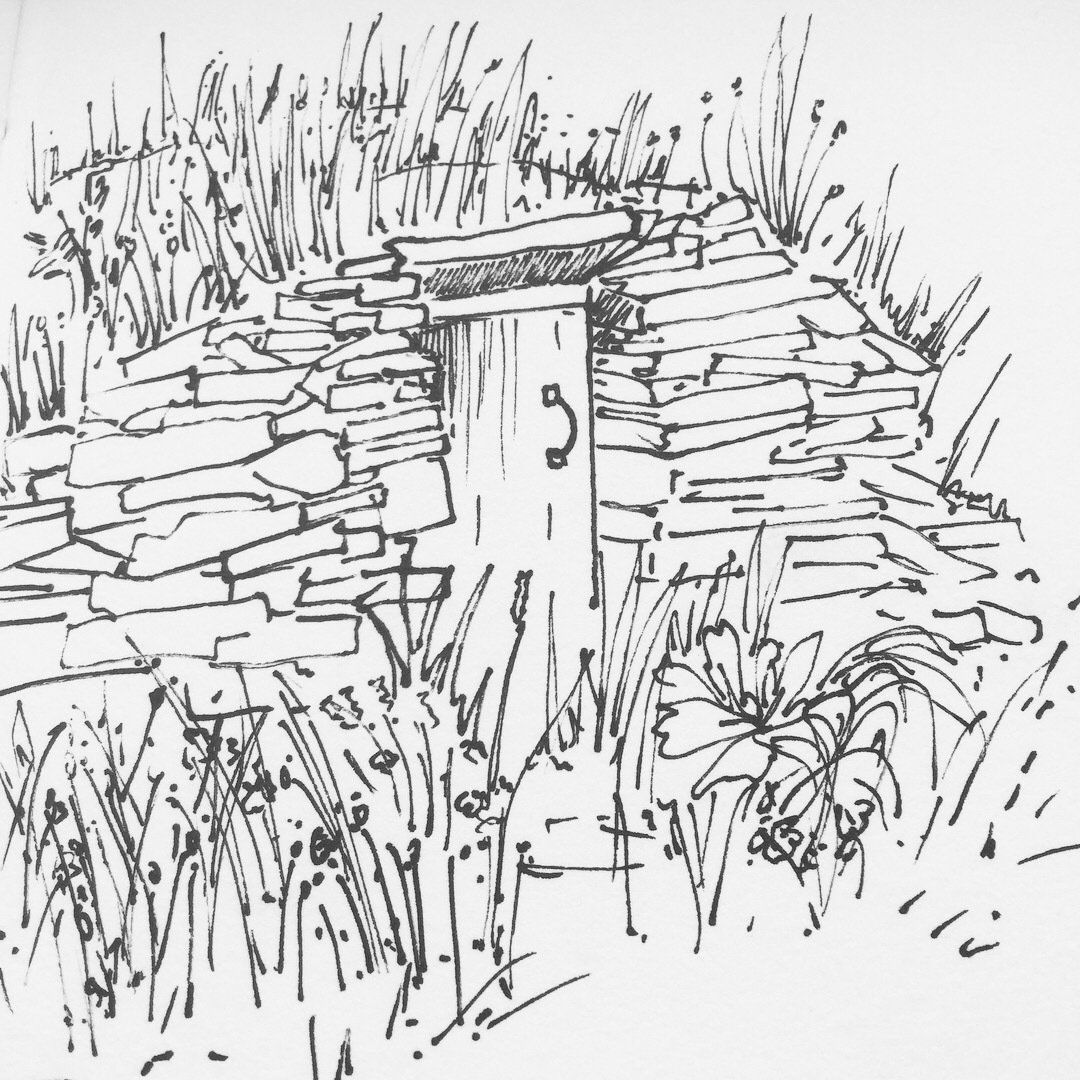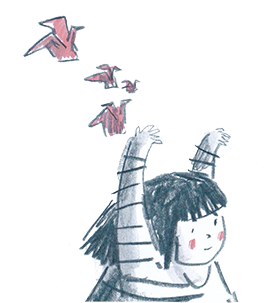In 2018, during the second year of my Illustration degree at the University of Plymouth, I worked with the Oxford University Museum of Natural History (OUMNH) and Dr Jack Matthews on a brief titled “Bringing The Oldest Multicellular Organisms Back To Life”. The aim of the brief was to give an artistic representation of how a few Ediacaran fossils would have looked like when they were alive 575 million years ago. The project lasted from February to May and as a result I created a series of intaglio prints showing how the organisms could have lived and died.
The fossils I studied at OUMNH were casts. The original fossils are actually located in Newfoundland, Canada. I was very fortunate to have the opportunity to go out to Newfoundland with Dr Jack Matthews and in August 2018 I flew out to Canada to learn more about the fossils, see them for myself and do as many drawings of them as I could. Over the 10 days I was there I visited a total of eight fossil sites, filled a sketchbook and had so many amazing opportunities. We stayed in Port Union for a week and then moved on to Mistaken Point, a UNESCO world heritage site with some incredibly well preserved Fractofusus fossils. Port Union itself is such a beautiful place to stay. It's a small historic town with a fantastic community spirit and it has such a rich history. In Port Union I was privileged to be allowed to use the editors press in the historic Factory building. There is an amazing collection of printing presses where they used to print their union paper “The Fisherman’s Advocate"
As part of a talk Jack and I gave about Science and art collaboration, I gave a small demonstration of relief printing to the audience and explained a bit about the printmaking process. I managed to make a couple of relief prints showing both how a Fractofusus looked on the fossil surface and another showing what it could have looked like in real life.
This press was completely different to any I had used before so it took a little bit of getting used to. Rather than use a wheel and a sliding bed to send the print through two rollers, this one relied on brute strength to roll the very heavy roller over the inked plate and paper. I wouldn't have been able to use this press if it hadn't been for the Sir William Ford Coaker Heritage Foundation so huge thanks to them for letting me have a go!
Sitting on the fossil surfaces themselves was such a surreal experience. There was often no one else around for miles and the surfaces themselves were expansive and covered in little fossilised organisms which I was dutifully trying to bring “back to life”. It was sometimes quite hard to imagine what they would have looked like not squashed on the rock surface as a fossil. At this point Jack’s knowledge of the organisms was invaluable as he could tell me whether or not I had the structures correct and could explain some of the science behind them.
,As well as drawing, printing and talking about the fossils, I was invited by Michael from Wild Cove Pottery to try and create some Ediacaran organisms out of clay which was an opportunity I couldn’t miss! So the next day, after visiting some fossil sites during the day, I went to his workshop in the evening and we got to work. It was a lot harder to create these fossils in a 3D form compared to the sketches I had been doing all week but it was fun nonetheless. I managed to create a 3D Fractofusus and I also had a go throwing a pot - they were a little bit wobbly but I think that adds to their charm. Seeing these organisms in 3D (albeit my interpretation of them), it really helped to visualise the organisms and get a better idea of what they could have looked like all those years ago. This project was beyond amazing and I learnt so much from it and had the best time in Newfoundland.
I learnt so much in Canada not only about the science and the fossils but also about my practice and how I was working. I love the etchings I did of the fossils as part of my university project and I wanted to see how else they could be portrayed. When I got home I started to experiment with relief printing and using the pattern that the fossils make on the rock surface today, rather than how they would've looked millions of years ago.



